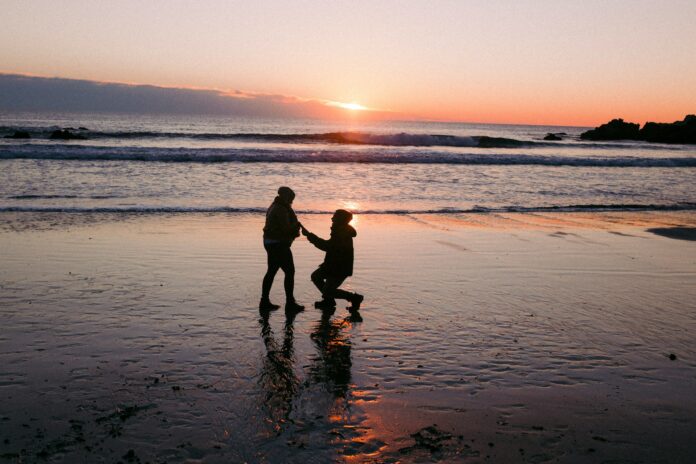Did you know that Machu Picchu may have been going by the wrong name for more than a century? According to a recent academic paper by a Peruvian historian and a leading US archaeologist, the pre-Colombian site was known by its Inca inhabitants as Huayna Picchu, a name that now refers to an adjacent mountain to the famed fortification.
Confused? Us too. Regardless, it’s unarguably one of the world’s most iconic landmarks. Often also referred to as the ‘Lost City of the Incas’, Peru’s Machu Picchu is a must-visit for any die-hard traveller. The mesmerising ancient Incan citadel, nestled in the heart of the Peruvian Andes, is a dream destination for many and a must visit for intrepid travellers.
In fact, in 2022 alone, more than 979’000 people visited Machu Picchu and the government recently increased the maximum capacity from 4044 visitors per day up to 5044. But don’t let that put you off. Its archaeological wonders, coupled with its breathtaking natural surroundings, make it a site of profound historical and cultural significance, and one likely to leave an indelible mark on all those who visit.
However, planning a visit to this UNESCO World Heritage Site can be a bit tricky, owing to the changeable weather conditions on high, and the ebb and flow of the tourist seasons that defines this eminent world wonder. Today, we’re exploring the best times of year to visit Machu Picchu and checking out some of the other attractions in the area while we’re at it. Care to join us?
Peak Season Vs Off-Peak
The tourist season at Machu Picchu can essentially be divided into two: the peak season (July-August) and the off-peak season (October-April).
The peak season, coinciding with the North American and European summer holidays, typically sees the highest footfall. The weather during this time is at its driest, providing clear, breathtaking views of the ancient ruins and arguably a more comfortable trek on the way up, too. However, the site sees a relatively heavy influx of tourists, and there may be more crowds than you’d like. Consider just how interrupted those views might get…
The off-peak – or rainy – season begins in October and lasts until April. Although rainfall is less desirable for some, it also means fewer crowds and lush, verdant greenery enveloping the citadel. If you don’t mind occasional showers and are keen to enjoy the site with fewer tourists around, then this could be the perfect time to plan your visit.
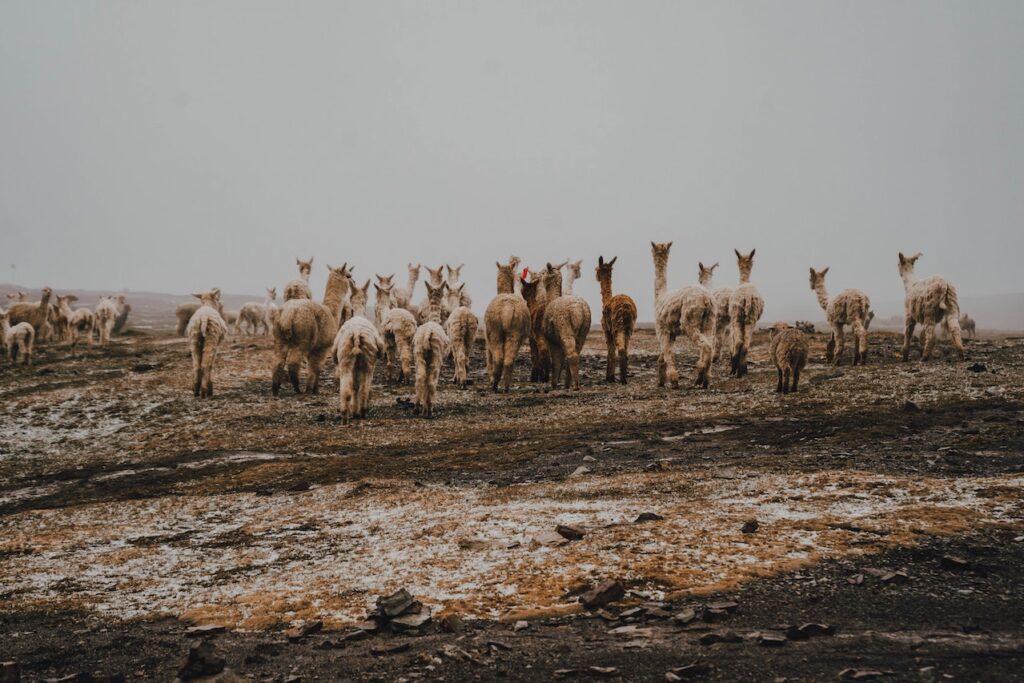
The Ol’ Weather Question
Machu Picchu sits proudly amidst the Andean mountain range, which means its climate is susceptible to rapid changes. From May to September (winter months in Peru), you can generally expect dry, sunny days with cool temperatures. In contrast, the months from November to March are often rainy, with the heaviest downpours typically in February.
Remember, though Machu Picchu is open year-round, it closes in February for maintenance due to heavy rainfall.
Shoulder Seasons
If you want to enjoy the best of both worlds (hey, who doesn’t?), then consider visiting during the shoulder seasons- May-June or September-October. The weather is generally favourable during these months, and tourism is somewhat less than during the peak season.
Read: Debunking myths and sharing secrets for nabbing cheap flights in 2023
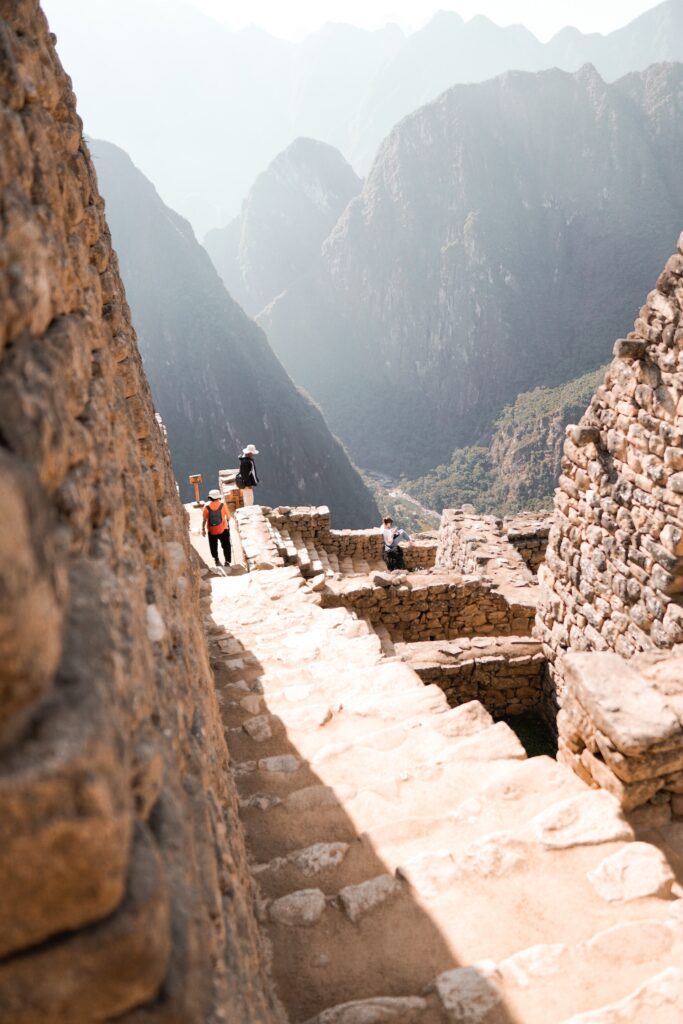
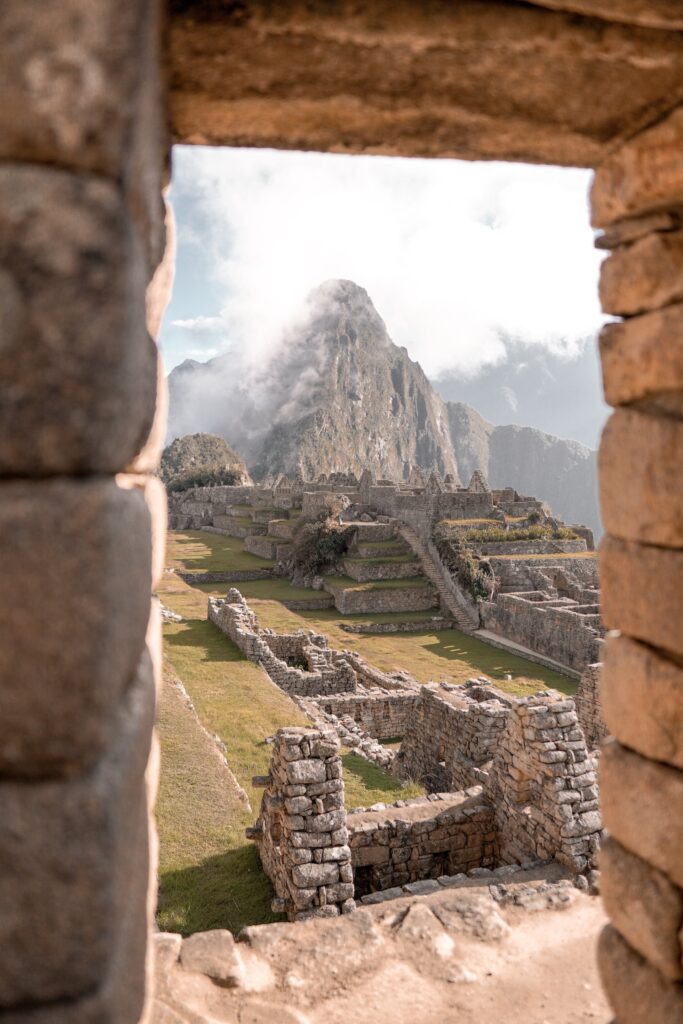
Inca Trail Availability
Another important factor that could influence the timing of your visit is the availability of permits to hike the Inca Trail, a spectacular trek leading to Machu Picchu. Remember that the trail is closed for maintenance each February, and permits for the remainder of the year sell out quickly.
If you’re planning to do this trek, book your permit well in advance, preferably 6 months before your desired date. It’s recommended you do this as part of a specialist tour of Machu Picchu, as there may be some bureaucratic hurdles and language barriers to circumnavigate otherwise.
What Else To See In The Area When You’re Visiting Machu Picchu
Machu Picchu is undoubtedly the star attraction of this part of Peru, but the surrounding region offers a wealth of other sights that are well worth exploring.
Cusco, The Capital of the Incan Empire
Cusco (sometimes spelt Cuzco), once the heart of the Incan Empire, is a city rich with history, culture, and archaeological treasures. A blend of Incan and Spanish architecture, Cusco’s cobblestone streets, and lively plazas are full of intrigue. Key sites include the Plaza de Armas, Sacsayhuamán, an imposing Incan fortress, and the vibrant San Pedro Market. A ‘Boleto Turístico’ (tourist ticket) provides access to sixteen diverse attractions in and around Cusco.
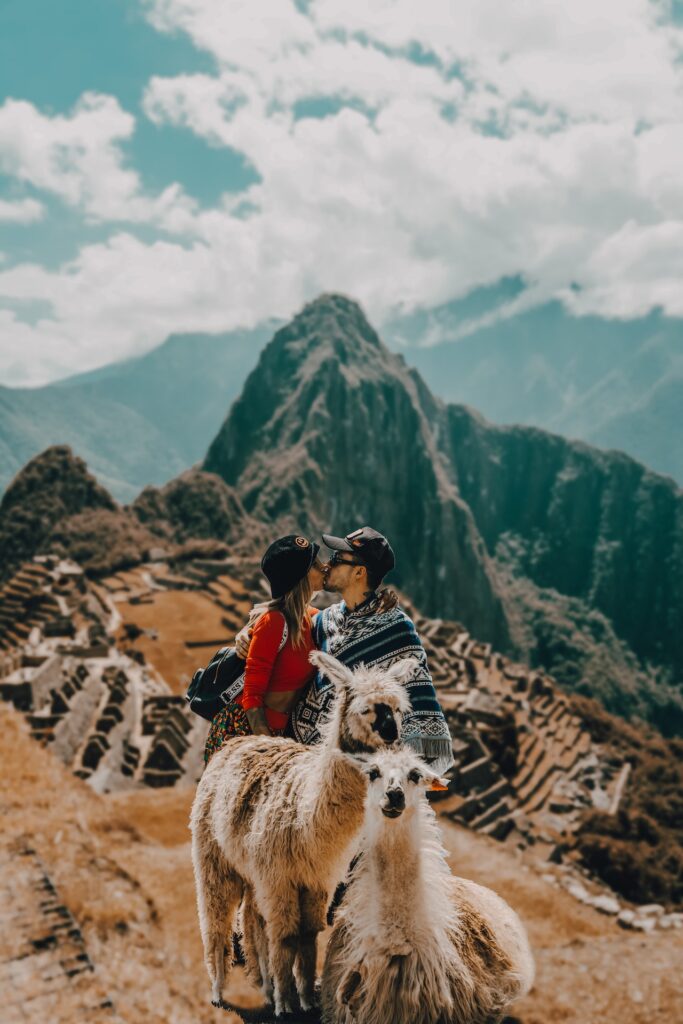
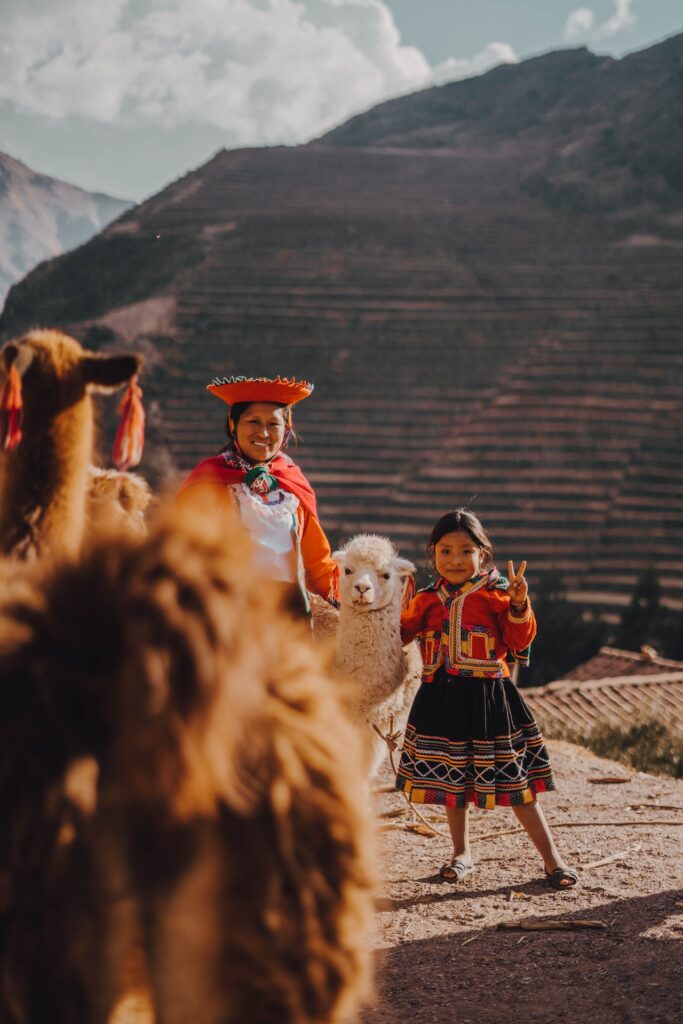
The Sacred Valley
Named for its extreme spiritual significance in Incan times, the Sacred Valley maps a route along the Urubamba River, from Cusco to Machu Picchu. Its fertile soil made the area a prominent agricultural centre. The region is dotted with quaint villages, bustling markets, and Incan ruins. Take time to explore the ruins and the artisan market at Pisac, the salt flats of Maras, the circular terraces at Moray, and the fort at Ollantaytambo.
Aguas Calientes
Aguas Calientes, also known as Machu Picchu Pueblo, is the base village for those visiting the main attraction. Don’t overlook this tourist-friendly town! The thermal baths are a delightful way to relax tired muscles after trekking, whilst its botanical garden, butterfly farm, and local market are also popular stops.
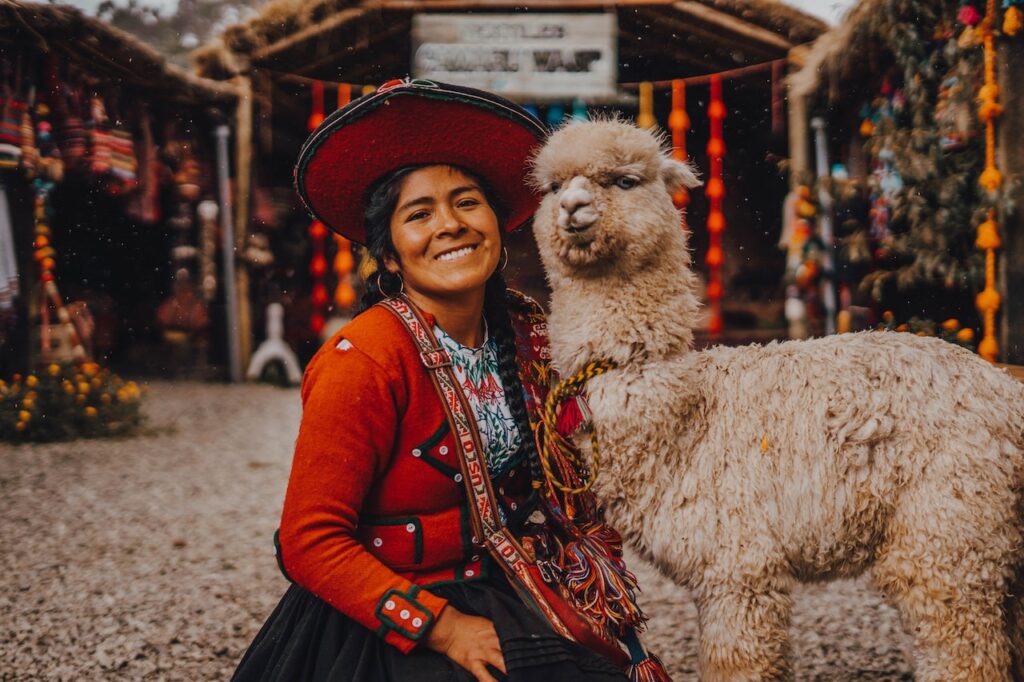
Choquequirao
Dubbed as the ‘sister city’ of Machu Picchu, Choquequirao is another archaeological masterpiece that is still relatively untouched by tourism. Its remote location requires a challenging two-day trek, but the reward is well worth it. In size and architectural grandeur, Choquequirao rivals Machu Picchu, but here, you may have the ruins almost entirely to yourself.
Huayna Picchu & Machu Picchu Mountain
If you are visiting Machu Picchu, consider also hiking Huayna Picchu or Machu Picchu Mountain, too. Both require a special ticket but offer unparalleled panoramic views of the famous archaeological site and its surroundings. Remember, these hikes are arduous and not for the faint-hearted!
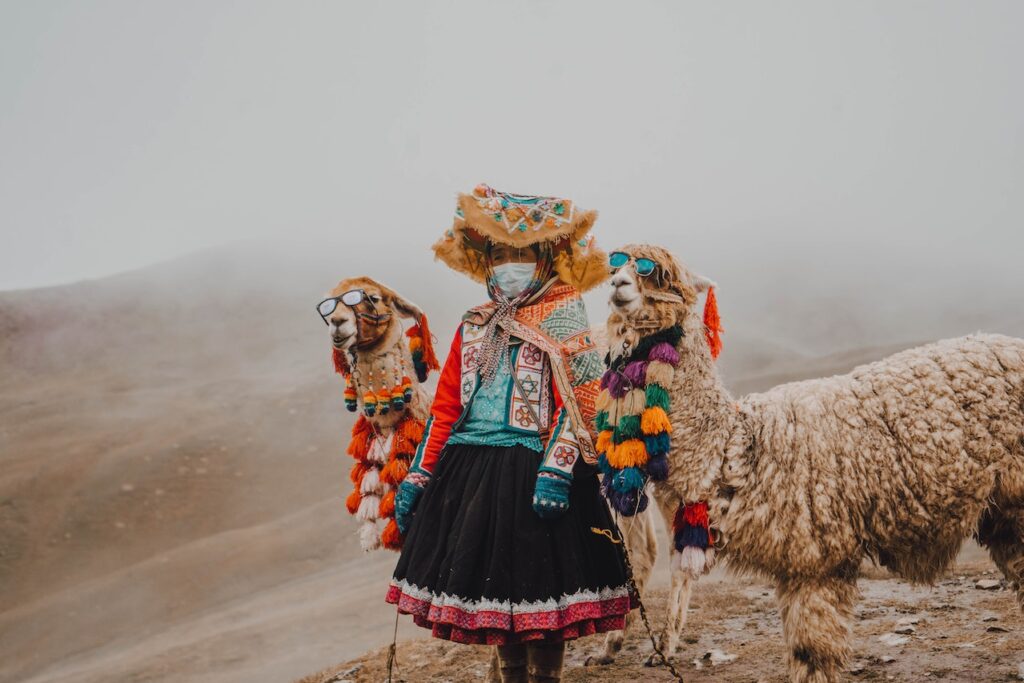
Vinicunca, The Rainbow Mountain
A few hours from Cusco, you will find Vinicunca or “Rainbow Mountain,” so-called because of its colourful mineral-rich slopes. It’s a challenging uphill trek at high altitude, but the arresting rainbow hues at the summit are worth the exertion.
Humantay Lake
Another gem in the Cusco region, Humantay Lake is a day-trek destination enveloped by snow-capped mountains. The pristine turquoise waters of the lake, surrounded by glaciers, make for sensational photographs.
What Is The Best Way To Get To Machu Picchu From The UK?
Getting from the UK to Machu Picchu involves several steps, given its remote location in the Andes mountains of Peru. Here’s the most common way most travellers make the journey.
- Flight to Lima: First, you will need to catch a flight from the UK to Jorge Chávez International Airport in Lima, the capital of Peru. There are currently no direct flights available from anywhere in the UK. Instead, you will need to change in either Miami or Madrid, with flights running from London, Manchester and Birmingham. Expect to pay around £700 (return) for the privilege.
- Flight to Cusco: From Lima, catch a domestic flight to Alejandro Velasco Astete International Airport in Cusco. This flight usually lasts approximately 1.5 hours. Airlines such as LATAM and Avianca operate regular flights to Cusco.
- Acclimatise in Cusco: It is advisable to spend at least a day in Cusco to acclimatise to the altitude before proceeding to Machu Picchu. Not to worry; as we mentioned, it’s a city with a rich history and culture, and there’s plenty to see and do in Cusco.
- Travel to Aguas Calientes (Machu Picchu Pueblo): From Cusco, you have a few options to reach Aguas Calientes, the town closest to Machu Picchu.
- Train: The most comfortable and most scenic way to get to Aguas Calientes is by train. PeruRail and Inca Rail operate trains from Poroy Station (near Cusco) and Ollantaytambo (in the Sacred Valley) to Aguas Calientes. The journey from Ollantaytambo takes about 1.5-2 hours, while from Poroy it takes about 3 hours.
- Hiking: For the more adventurous, you could opt to hike along the Inca Trail. This typically takes four days and three nights, and you would need to book this trip well in advance due to its popularity and permit limitations.
- Final Leg to Machu Picchu: From Aguas Calientes, there are frequent buses that can take you up a winding road to Machu Picchu. The bus ride is approximately 30 minutes. Alternatively, you can hike up to Machu Picchu, which takes about 1.5 to 2 hours.

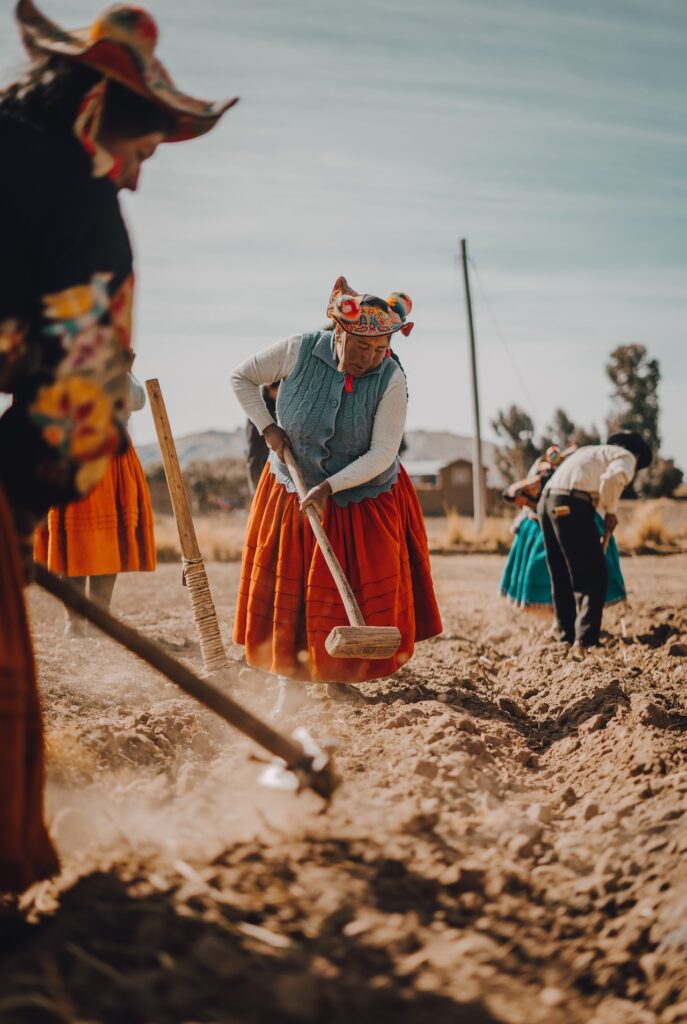
The Bottom Line
Whilst perhaps not the conclusive answer you were looking for, there really is no definitive ‘best’ time to visit Machu Picchu—it depends on what you’re looking for in your travel experience.
If you don’t mind crowds and enjoy clear skies, the peak season might be the best choice. If you’d prefer fewer tourists and don’t mind a bit of rain, then the off-peak season could be more appealing. Whatever time of year you choose to make the journey, the awe-inspiring beauty of Machu Picchu is a promise of an unforgettable adventure. Plan thoughtfully, and this historic location will reward you with a lifetime of memories – and maybe a couple of mind-bending revelations while you’re at it.

